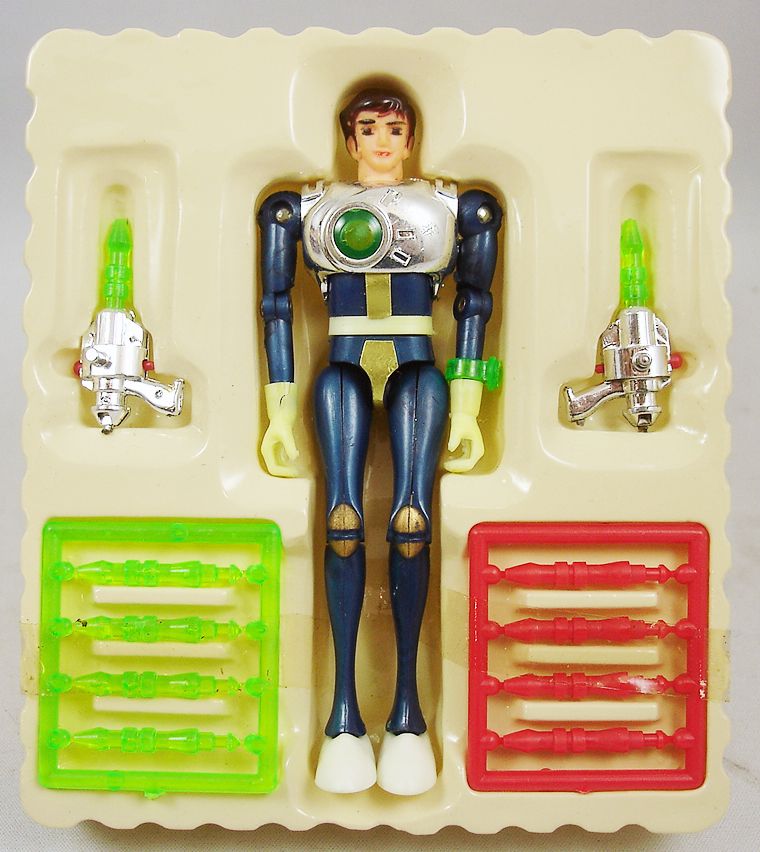

We can get some idea through computer-generated simulations, but accurate models can only be created by having a lot of data, which we don’t always have.” “Crystals grow bigger in space and have fewer imperfections. “Learning about the 3D structure of proteins involved in certain health conditions can give us a better understanding of how their function could be improved or inhibited,” says Prof Thais Russomano, a space medicine expert, and CEO of thinktank InnovaSpace.
THE GUARDIAN OF THE FUTURE FIGURINE FREE
The ISS has been used as a base by scientists for conducting experiments free from the effects of gravity. But when they are grown on Earth, gravity tugs at them, obscuring how they really look.

Growing these fragile crystals from scratch is crucial for analysing how a tumour or a virus evolves, or detecting little pockets where a new drug could sit. It also makes it much more difficult for scientists to study the complex crystal structures of key proteins, for example those linked to cancer, viruses, genetic disorders and heart disease. Gravity makes it far more complex to keep stem cells in their purest and most useful state for extended periods, constantly nudging them and encouraging them to develop. The pull of the Earth’s gravitational field can mask some of the ways in which cells communicate, making it harder to understand why they behave as they do. It is the absence of gravity that has long made space such an attractive playground for teasing apart some of biology’s intricacies. Needing a way of justifying the enormous cost of launching as many as 50 flights a year, Nasa suggested that its astronauts could multitask, using their time in orbit to pursue a cure for cancer or the many other illnesses afflicting humankind. The idea of leaving Earth to further medicine goes back to the dawn of the space age. Next month, we are flying five experiments into space in realms ranging from the future of skincare to longevity drugs and brain diseases.” Growing these fragile crystals from scratch is crucial for analysing how a tumour or a virus evolves “Last year, we accomplished seven in-orbit experiments, and the number is growing. “This is not science fiction any more,” says Yamin. Using technology developed at the Technion, Israel’s oldest university, increasing numbers of biologists are able to miniaturise their experiments and send them to the International Space Station (ISS), where they can be remotely controlled from the ground. As CEO of SpacePharma – a company that works with clients around the world, from children’s hospitals to big pharma – Yamin has helped to pioneer a new industry.


 0 kommentar(er)
0 kommentar(er)
